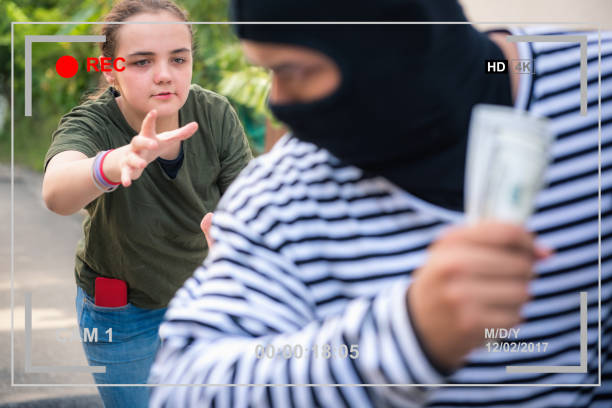A close-up look at what happens when tourists and Maasai communities meet
The meeting of tourists and Maasai communities is a convergence of contrasting worlds, blending traditional cultures with modern global tourism. In this narrative, we delve into the intricate dynamics and experiences that unfold when these two groups intersect. From cultural exchanges to economic impacts, this close-up examination aims to capture the essence of this unique encounter.
The Encounter:
As dawn breaks over the vast expanse of the Maasai Mara in Kenya, tourists begin their journey into the heart of Maasai territory. For the Maasai, this encounter represents a delicate balance between preserving their age-old traditions and embracing the opportunities presented by tourism.
Cultural Exchange:
The first interaction between tourists and Maasai often occurs at the village outskirts, where curious travelers are greeted by a group of Maasai warriors adorned in vibrant red shukas (traditional robes) and intricate beaded jewelry. This initial encounter sets the stage for a cultural exchange, as tourists gain insights into the Maasai way of life through storytelling, traditional dances, and demonstrations of spear throwing.
Conversely, Maasai elders eagerly engage with tourists, sharing tales of their ancestors, the significance of cattle in their society, and the rituals that mark important life events. Through these interactions, both parties foster a deeper understanding and appreciation of each other’s customs and beliefs.
Economic Impact:
For the Maasai communities, tourism presents both opportunities and challenges. The influx of visitors brings economic benefits, as locals offer guided tours, sell handmade crafts, and host cultural experiences. However, the reliance on tourism also raises concerns about preserving cultural authenticity and environmental sustainability.
In recent years, initiatives led by Maasai leaders and conservation organizations have sought to empower local communities through sustainable tourism practices. By investing in education, healthcare, and infrastructure projects, these efforts aim to ensure that tourism benefits are equitably distributed and contribute to long-term socio-economic development.
Challenges and Resilience:
Despite the mutual benefits of tourism, the encounter between tourists and Maasai communities is not without its challenges. The commodification of culture, environmental degradation, and disparities in economic opportunities pose significant obstacles to harmonious coexistence.
Moreover, the rapid expansion of tourism infrastructure, such as lodges and safari camps, encroaches upon traditional Maasai grazing lands and disrupts wildlife migration corridors. In response, Maasai leaders advocate for sustainable land management practices and engage in dialogue with government authorities and private stakeholders to address these concerns.
Conclusion:
In the intersection of tourists and Maasai communities lies a rich tapestry of cultural exchange, economic opportunity, and environmental stewardship. Through meaningful engagement and collaboration, both parties navigate the complexities of modernity while preserving the essence of tradition.
As the sun sets over the Maasai Mara, tourists depart with memories of a vibrant culture deeply rooted in the African landscape. Meanwhile, the Maasai continue their timeless journey, embodying resilience in the face of change and forging pathways to a sustainable future where tradition and tourism converge harmoniously.




0 Comments